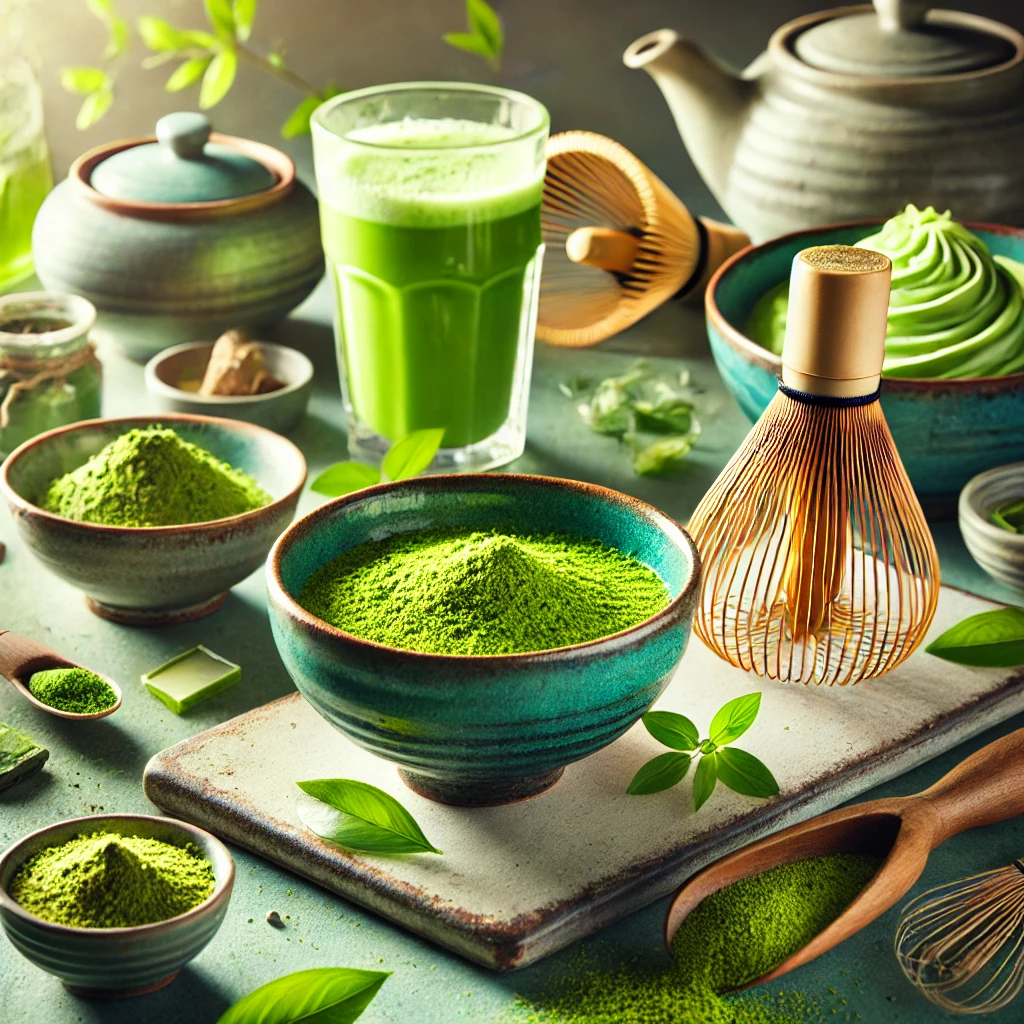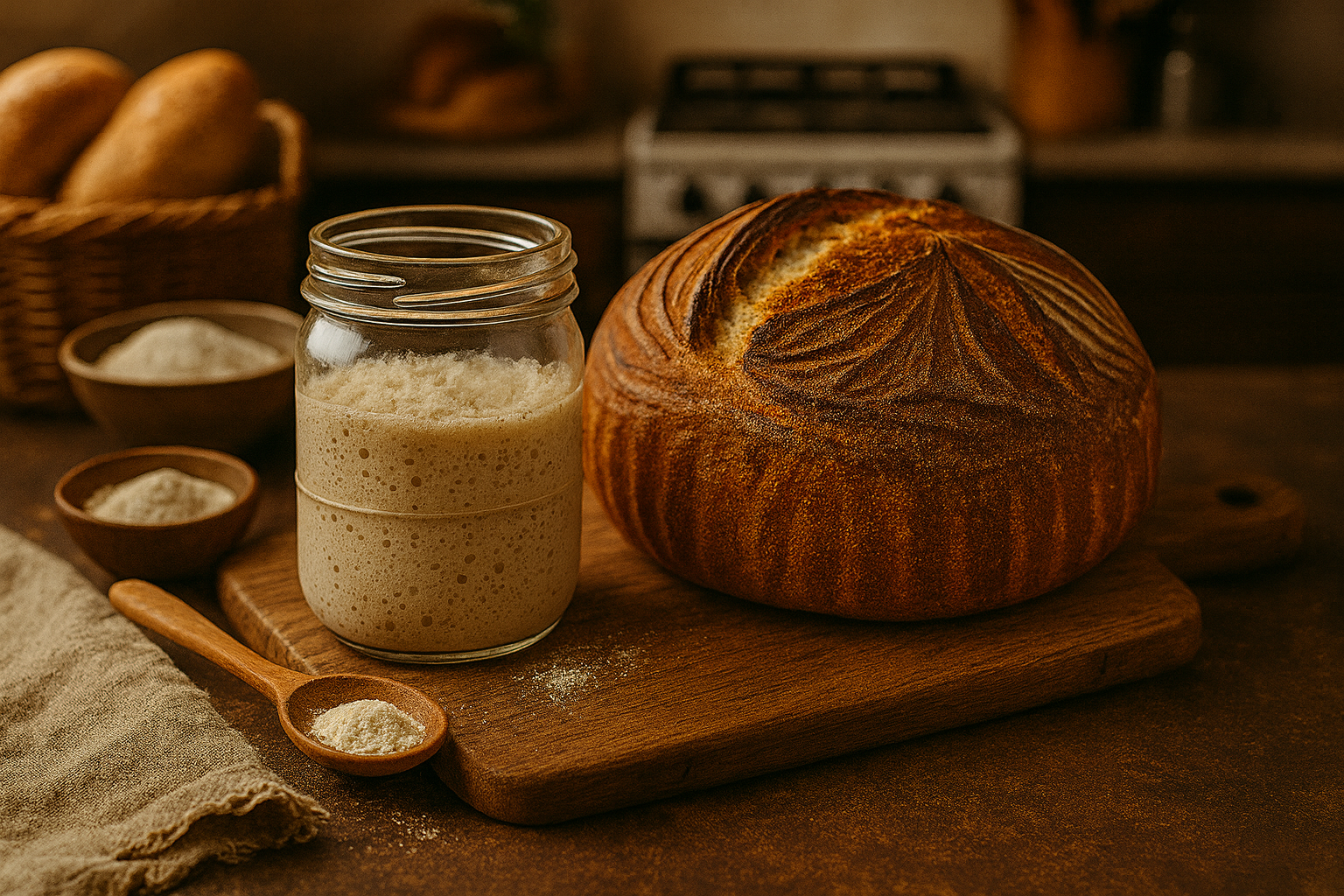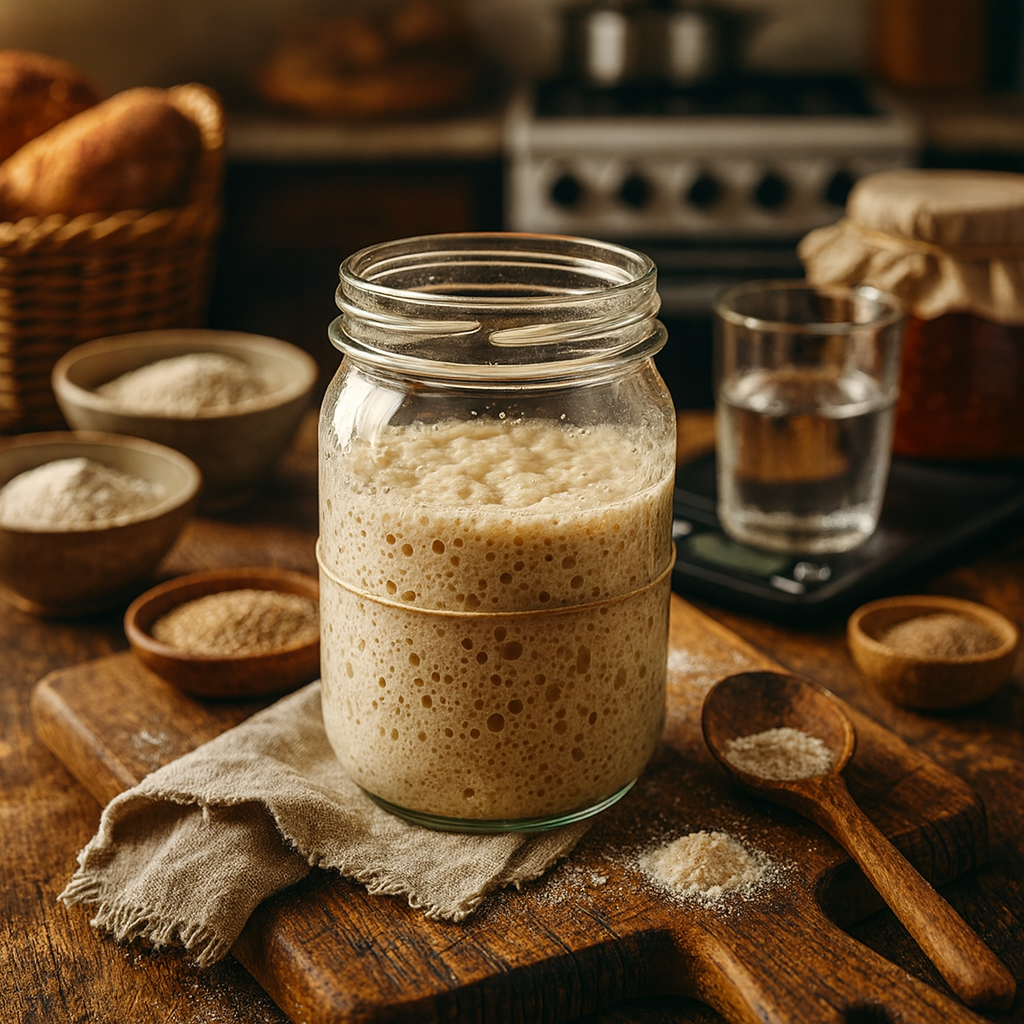Table of Contents
Introduction to Matcha
Matcha, a finely ground powder made from specially grown and processed green tea leaves, has garnered significant attention both in Japan and around the world. Its origins can be traced back to the Tang dynasty in China, but it was during the 12th century that Zen monks introduced it to Japan. Over the centuries, matcha has evolved into a symbol of Japanese culture and aesthetics, particularly celebrated in traditional tea ceremonies known as Chanoyu. These ceremonies emphasize the art of tea preparation and consumption, highlighting the meditative aspects that matcha embodies.
The unique cultivation process sets matcha apart from regular green tea. While traditional green tea leaves are often exposed to sunlight, matcha leaves are shaded for several weeks before harvest. This shading increases the chlorophyll content, resulting in a vibrant, deep green color that is characteristic of high-quality matcha. After harvesting, the leaves are steamed to prevent oxidation, dried, and then ground into a fine powder. This meticulous process not only preserves the nutritional benefits of the tea leaves but also enhances their flavor, providing a rich, umami profile that distinguishes matcha from other green teas.
In addition to its flavor and health benefits, matcha holds cultural significance in Japan. The meticulous preparation and consumption of matcha during tea ceremonies symbolize harmony, respect, purity, and tranquility. Each step, from the whisking of the powder to the sharing of the beverage, reflects a deep-rooted appreciation for simplicity and beauty in daily life. As the global interest in matcha continues to rise, understanding its origins and cultural importance adds depth to the appreciation of this unique beverage, illustrating why it has become a beloved choice for health enthusiasts and culinary explorers alike.
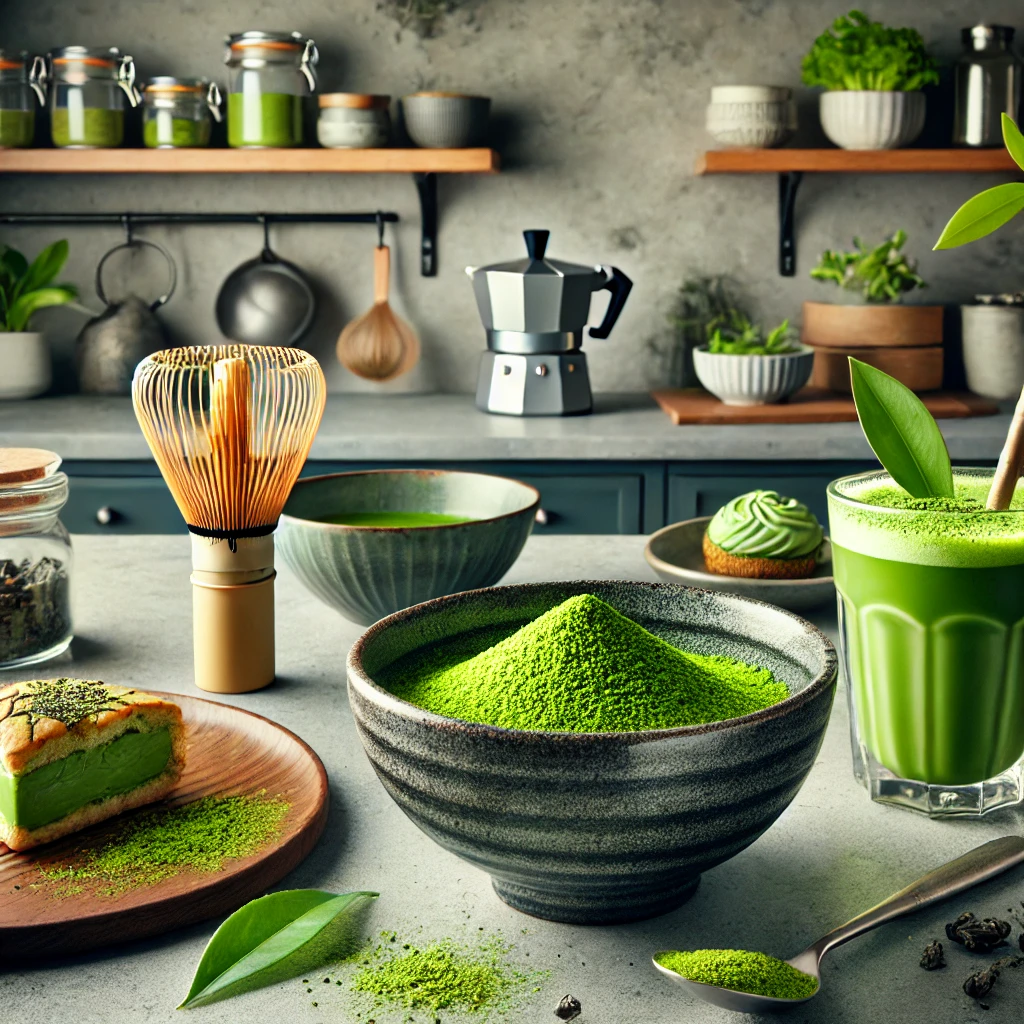
Health Benefits of Matcha
Matcha, a finely ground powder made from specially grown green tea leaves, has garnered significant attention for its impressive health benefits. Central to its value is its high antioxidant content, particularly catechins, which are known to promote various aspects of health. Scientific studies suggest that these powerful compounds can help reduce inflammation and lower the risk of chronic diseases, making matcha a worthy addition to any diet.
In addition to its antioxidant properties, matcha has been associated with potential metabolism-boosting benefits. The catechins found in matcha may enhance metabolic rates, aiding in fat oxidation and weight management. This effect is particularly appealing to those seeking natural dietary aids for weight loss, as incorporating matcha into your routine may support your weight loss goals while enjoying the processes of sipping and savoring a delicious beverage.
Another remarkable component of matcha is L-theanine, an amino acid that contributes to relaxation and mental clarity. Unlike traditional green tea, which may lead to a spike in energy followed by a crash, matcha promotes a sustained energy level due to the presence of L-theanine. This amino acid works in synergy with caffeine to provide a calm alertness, making matcha suitable for those seeking to enhance focus without the jitters commonly associated with coffee intake.
Moreover, there is growing evidence supporting matcha’s role in promoting heart health. Regular consumption has been linked to lower levels of LDL cholesterol and improved overall cardiovascular function. As researchers continue to explore the health benefits of matcha, individuals can enjoy not just its unique flavor but also its myriad benefits on physical and mental wellness.
How to Prepare Matcha
Preparing matcha properly is essential to fully experience its unique flavor and health benefits. To achieve the best results, you will need specific tools, including a chawan (tea bowl) and a chasen (bamboo whisk). Additionally, having a small sifter, a digital scale, and hot water will aid in the preparation process.
Begin by measuring your matcha. A common ratio is approximately 1 to 2 grams of matcha per 60 ml (about 2 oz) of hot water for a traditional serving. For those looking for a stronger flavor, you may consider increasing the amount of matcha slightly. Always sift the matcha before adding to the bowl to avoid clumps that can affect the texture and frothiness of your drink.
Next, heat your water to around 70-80°C (158-176°F). It is important not to use boiling water, as this can scorch the delicate matcha and lead to a bitter taste. Once the water is ready, add it gradually to the matcha powder in the chawan.
Using the chasen, whisk the mixture in a zigzag motion, starting slowly to combine the matcha powder and water. As you become more comfortable, increase the speed to create a light froth. Ideally, you should aim for a layer of fine bubbles on the surface, indicating that the matcha has been aerated properly.
Common mistakes include using water that is too hot, whisking too vigorously or not vigorously enough, and failing to sift the matcha beforehand. Following these steps will help you to prepare a delicious cup of matcha that captures its rich flavors and vibrant color. Enjoy your matcha as a soothing beverage, or incorporate it into various recipes for an additional health boost.
Popular Matcha Recipes
Matcha, a finely ground powder of specially grown green tea, has gained immense popularity not only for its rich flavor but also for its numerous health benefits. This versatile ingredient can be seamlessly incorporated into a variety of recipes, ranging from beverages to baked goods. Below are some popular matcha recipes that will inspire you to add this vibrant green powder to your culinary repertoire.
One of the most popular ways to enjoy matcha is through a traditional matcha latte. This delightful beverage combines matcha powder with steamed milk (dairy or non-dairy) and a touch of sweetener, providing a perfect blend of creaminess and earthy tones. Key ingredients include 1-2 teaspoons of matcha, 1 cup of milk, and honey or maple syrup to taste. Not only is it a soothing drink, but it also offers a substantial boost of antioxidants.
For a refreshing option, consider making a matcha smoothie. Combining matcha powder with fruits such as bananas and spinach creates a nutrient-dense meal-in-a-glass. Essential components include 1 teaspoon of matcha, 1 banana, a handful of spinach, and 1 cup of almond milk. This delicious concoction is perfect for breakfast or an afternoon snack, providing a gentle lift in energy without jitters.
Moving to the realm of baking, matcha cookies have become a favorite among enthusiasts. These cookies, with their vibrant green hue, are not only visually captivating but also offer a unique taste. The basic ingredients typically consist of 1 cup of flour, 2 teaspoons of matcha, sugar, butter, and an egg. The result is a soft-baked treat that’s perfect for sharing or enjoying with a cup of tea.
Moreover, matcha cakes are another delectable way to indulge in this ingredient. The combination of matcha and vanilla creates a balanced flavor profile, appealing to both matcha lovers and those new to its taste. Key ingredients often include flour, sugar, eggs, and, of course, matcha powder. With endless possibilities, matcha can elevate your baking game while delivering health benefits alongside delicious flavor.
Through these recipes, incorporating matcha into your diet can be both exciting and beneficial. Whether you are enjoying a latte, smoothie, cookies, or cake, each bite offers not only unique flavors but also nutritional advantages that promote overall well-being.
Matcha in Japanese Culture
Matcha, a finely ground powder of specially cultivated green tea leaves, has a profound historical and cultural significance in Japan. Its roots lie in the practice of Zen Buddhism, where it was introduced by monks who recognized its ability to enhance focus and meditation. The preparation and consumption of matcha became a ceremonial practice, as rituals surrounding it fostered a tranquil environment conducive to spiritual contemplation. This aspect of matcha became intertwined with Zen aesthetics, emphasizing simplicity, harmony, and mindfulness.
The Japanese tea ceremony, known as “chanoyu,” exemplifies the cultural importance of matcha. This intricate ritual is more than just the act of drinking tea; it is a performance characterized by grace, attention to detail, and hospitality. Every aspect of the tea ceremony, from the utensils used to the manner in which matcha is whisked and served, embodies the values of Japanese culture, including respect for nature and appreciation for artistry. The act of preparing matcha within this ceremonial context reinforces social bonds and prompts participants to embrace the present moment fully.
In recent years, matcha has experienced a renaissance beyond traditional settings, finding its way into contemporary cafes and culinary applications. This modern resurgence reflects a growing global appreciation for matcha’s unique flavor and health benefits. Specialty cafes now serve matcha lattes, desserts, and even savory dishes, making it accessible to a wider audience. These innovations still respect traditional practices, marrying the old with the new, and showcasing the versatility of matcha.
Matcha continues to serve as a bridge between Japan’s rich cultural heritage and contemporary lifestyle trends. Its enduring presence in both historical and modern contexts illustrates a deep-seated connection to Japanese aesthetics and values, celebrating the simplicity and beauty inherent in this vibrant green tea. As matcha’s popularity spreads globally, it remains a testament to Japan’s tradition and innovation in culinary arts.
Choosing High-Quality Matcha
When it comes to selecting high-quality matcha, it is essential to consider several key factors that contribute to its overall quality and flavor. Firstly, the grade of matcha is paramount; there are primarily two categories: ceremonial and culinary. Ceremonial grade matcha is characterized by its vibrant color, fine texture, and delicate flavor, making it ideal for traditional tea ceremonies and direct consumption. Conversely, culinary grade matcha is meant for cooking and baking, often possessing a stronger flavor that can stand up to various ingredients. Knowing the intended use will guide your choice effectively.
Another important aspect to examine is the color of the matcha. Premium matcha boasts a vibrant green hue, which indicates that it has been grown under shading and is rich in chlorophyll and antioxidants. A dull or faded green color often signifies lower quality or older matcha that has lost its nutritional value. Aroma is equally significant; high-quality matcha should have a sweet, grassy scent, while a less desirable product may smell stale or overly bitter, indicating poor storage or aging.
Additionally, understanding the origin of the matcha is crucial. Most high-quality matcha comes from Japan, particularly regions known for their tea production such as Uji, Nishio, or Shizuoka. Each region imparts distinct flavor profiles and varietals. When examining labels, look for indications of authenticity—reputable brands will often highlight their sourcing and manufacturing processes. A quality product will typically denote its grade, origin, and have organic certifications if applicable. With these guidelines in mind, consumers can confidently choose premium matcha, ensuring an authentic and beneficial experience.
Potential Side Effects and Considerations
While matcha is celebrated for its numerous health benefits, it is essential to acknowledge that its consumption may not be suitable for everyone. One of the primary concerns is its caffeine content. Although matcha generally provides a more balanced release of caffeine compared to coffee, individuals who are sensitive to caffeine may experience symptoms such as insomnia, nervousness, and increased heart rate. Therefore, those who have a known sensitivity to caffeine should consume matcha in moderation to avoid potential adverse effects.
Moreover, certain medications may interact with matcha due to its antioxidant properties and other compounds. For instance, matcha may enhance the effects of anticoagulant medications, which can increase the risk of bleeding. Additionally, individuals taking certain antidepressants or medications for anxiety might also find that matcha exacerbates side effects or creates unwanted interactions. Therefore, it is crucial for individuals on medication to speak with their healthcare provider before incorporating matcha into their diet.
Furthermore, pregnant women should approach matcha consumption with caution. While some studies suggest that moderate caffeine intake may not pose significant risks during pregnancy, excessive intake could lead to complications. Healthcare professionals generally recommend that pregnant individuals limit their caffeine consumption, so it is advisable to consult with a doctor when considering matcha as part of a diet. Lastly, those with pre-existing health conditions should also evaluate their matcha intake. Conditions such as acid reflux or certain gastrointestinal disorders may be aggravated by the acidity of green tea and its derivatives.
In conclusion, while matcha offers a range of health benefits, it is essential for individuals to be aware of potential side effects and consider their unique health circumstances. Consultation with healthcare professionals is vital to ensure that matcha consumption aligns with individual health needs and conditions.
FAQs About Matcha
Matcha, a finely ground powder made from specially grown green tea leaves, has gained significant attention in recent years. However, many people have questions about its safety, health benefits, and usability. One common inquiry is whether matcha is suitable for everyone. Generally, matcha is safe for most individuals when consumed in moderation. However, people who are sensitive to caffeine should be cautious, as matcha contains a higher caffeine content compared to traditional green tea. Pregnant or breastfeeding women should also consult with a healthcare professional before adding matcha to their diet.
Another frequent question is how matcha can be incorporated into a daily routine. Matcha can easily be integrated in various ways, particularly in the morning. It can be prepared as a traditional tea, whisked with hot water to create a frothy beverage. Alternatively, it can be added to smoothies, oatmeal, or even baked goods for a unique flavor twist and additional health benefits. Matcha lattes have also become popular, blending the vibrant green powder with milk or plant-based milk alternatives.
Additionally, many individuals often compare matcha to other superfoods, such as spirulina or acai. While these superfoods have their benefits, matcha stands out for its high antioxidant content, particularly catechins, which are known for their potential role in promoting metabolic health and reducing inflammation. Furthermore, matcha contains L-theanine, an amino acid that promotes relaxation without drowsiness, making it a unique addition to any health-conscious diet.
Through understanding these common queries, it becomes clearer how matcha can be effectively utilized to enhance overall well-being, making it a worthy consideration in health-focused lifestyles.
Conclusion and Final Thoughts
The Japanese matcha craze has garnered significant attention due to its numerous health benefits and versatility in culinary applications. Throughout this blog post, we have explored the unique aspects of matcha, including its rich antioxidant content, potential to enhance brain function, and ability to promote a sense of calm and relaxation. These attributes make matcha more than just a trend; it is a valuable addition to a holistic approach to well-being.
Furthermore, we delved into the various ways to incorporate this vibrant superfood into our daily diets. From traditional preparations to innovative recipes such as matcha lattes, energy bites, and baked goods, the possibilities are endless. Each preparation brings out the rich, earthy flavor of matcha while providing the body with essential nutrients. High in catechins, matcha can support heart health, boost metabolism, and even aid in detoxification processes, showcasing its remarkable versatility not only in flavors but in health benefits.
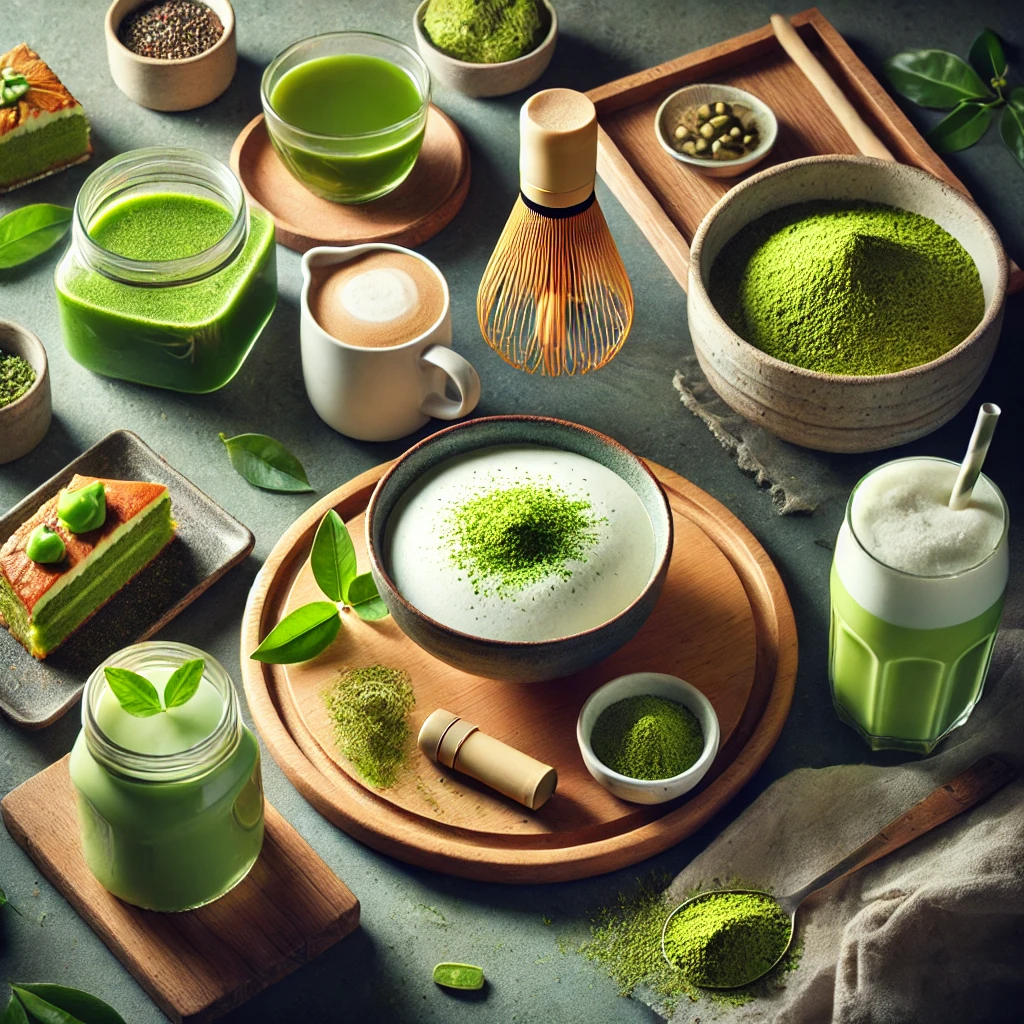
Encouraging readers to explore and experiment with matcha in their own recipes is crucial. Embracing this superfood can lead to unique culinary experiences while reaping its health rewards. Whether you are a matcha enthusiast or a newcomer, there are countless ways to enjoy this ancient Japanese beverage. We invite you to create your own matcha-inspired recipes, share your experiences, and discover the enriching benefits of incorporating matcha into your lifestyle. Join the matcha movement and unlock the potential of this powerful ingredient today.

